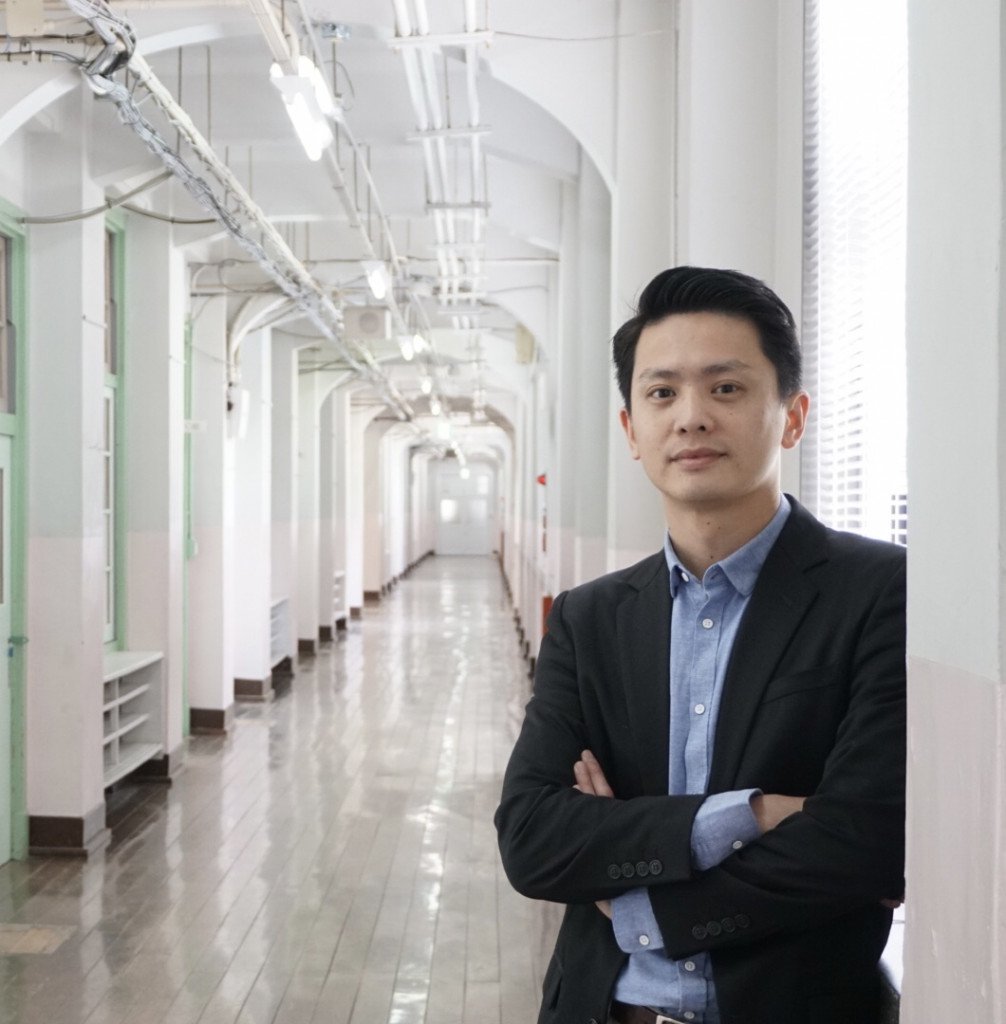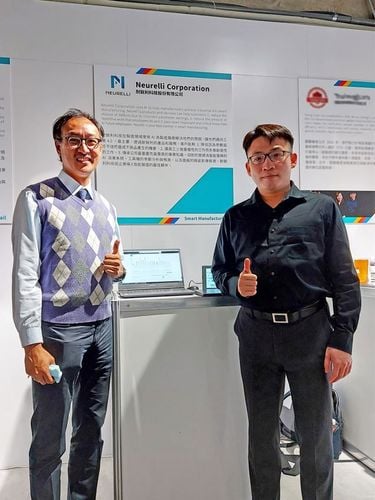【2022 Solutions】 Taiwan's Software Technology on Par with International Standards: Golface's Intelligent Services Transform Golf
Compared to Japan, where 90% of golf courses operate without caddies and use an automated service model, golf course management in Taiwan still heavily relies on human labor. Facing a labor shortage of up to 70%, adopting a site and membership management platform to provide intelligent golf services may be a transformation worth considering for golf course operators.
'Taiwan's software technology is comparable to international standards and definitely has the capability to compete in the global market,' says Tsung-Che Liao, co-founder and CEO of Golface, established in 2014 with the vision to leverage technology at its core, aiming to create Taiwan's first golf entertainment platform. With over 9 years vested in cultivating intelligent golf services, Liao is well-versed in the nuances of golf course services. He has considerable domain knowledge and has launched a comprehensive intelligent golf solution.
The world's first networked smart golf cart hits the road: automation of golf courses is no longer just a dream
In mid-May, Golface's newly developed ARES Smart Golf Cat, the world's first networked smart golf cart, officially became operational. Equipped with a dedicated vehicle computer mainframe, dual network systems, AI-based visual recognition cameras, and high-precision GPS tracking, golf courses can now confidently allow golfers to drive themselves. The system enables real-time monitoring of any driving violations, and the presence of digital consumption traces allows for insurance coverage.
The procedure is as follows: golfers book the cart via a reservation platform, receive a QR code, pay through the platform, and unlock the cart with the QR code at the golf course. The golf cart can then be driven onto the course. The course management platform can monitor and restrict the areas through which the cart can travel, ensuring it does not leave the paths. Upon completion, the cart is returned through a tablet in the cart. In instances of any infractions, penalties are applied directly through the user's account, and for severe violations, future access to the carts may be prohibited. This achieves the goal of 'automation'.
▲ARES Smart Golf Cat is the world's first networked smart golf cart, officially in service since May 2022
'As labor costs continue to rise, recruiting and training caddies are becoming common pain points in the market. While Taiwan's courses still employ caddies, there's a 70% labor shortage,' Tsung-Che Liao added. This smart golf cart tablet, combined with a mobile app, has become the ultimate smart caddy. Golface is striving to complete the last piece of the 'automated golf course' puzzle.
Amassing digital consumption trails for advanced client segmentation services
Starting with consumer needs, Golface has sequentially launched services like the golf cart tablet, mobile app, golf reservation platform, instructional videos (Golface TV), golf tourism, and smart carts. The smart cart has been operational since May 2022, currently featuring four units with plans for mass production in the latter half of 2022. Although the cart currently requires manual operation by golfers, remote operation is anticipated early in 2023, with autonomous driving expected in the third phase.
Via the cart tablet and management system, staff can understand the status of the course through on-screen visual representations, showing each cart's real-time and relative location, departure times, and duration of service per hole, which aids course managers in monitoring on-course consumption effectively, thus reducing traffic jams and customer complaints.
'Previously, we relied on staff's mental imagery; now, we can employ imagery to visualize real-time situations on the course. This makes it possible for those who don't understand golf to work in this field,' emphasized Tsung-Che Liao. While course control has traditionally been handled by experienced professional players, the shortage of skilled professionals makes hiring even more challenging. Therefore, replacing manpower with digital tools yields twice the result with half the effort.

▲The golf cart tablet has entered the Japanese golf market, installed at Fukuoka Century Golf Club
Golface's golf cart tablet has been introduced to 14 domestic courses, and has now officially entered the Japanese market, favored by Fukuoka Century Golf Club, where tablets have been installed in carts providing automatic voice announcements for hitting strategies, distance measurements, and visual charts displaying hitting data. During the COVID-19 pandemic, with borders closed, Golface utilized OTA technology to provide software updates and troubleshooting, ensuring uninterrupted services, which was highly appreciated by the Japanese golf courses.
Tsung-Che Liao remarks that Taiwan's software technology is not inferior to other countries like Japan, but more support from golf courses is needed to help transform the industry intelligently. 'To assist in the transformation of golf courses, the first step is digitalization,' Liao pointed out. By helping courses accumulate data and understand customer service cycles and hitting rhythms, it enables courses to avoid congestion and serve more customers. To date, Golface has accumulated data on over 20,000 teams, 3.5 million scorecards, and over 10 million records. This data helps enhance management performance, segment customer layers, reduce complaints, and plan marketing strategies for off-peak periods.

▲Golface co-founder and CEO Tsung-Che Liao has spent 9 years deepening intelligent golf services, aiming to build Taiwan's first golf entertainment platform
「Translated content is generated by ChatGPT and is for reference only. Translation date:2024-05-19」


